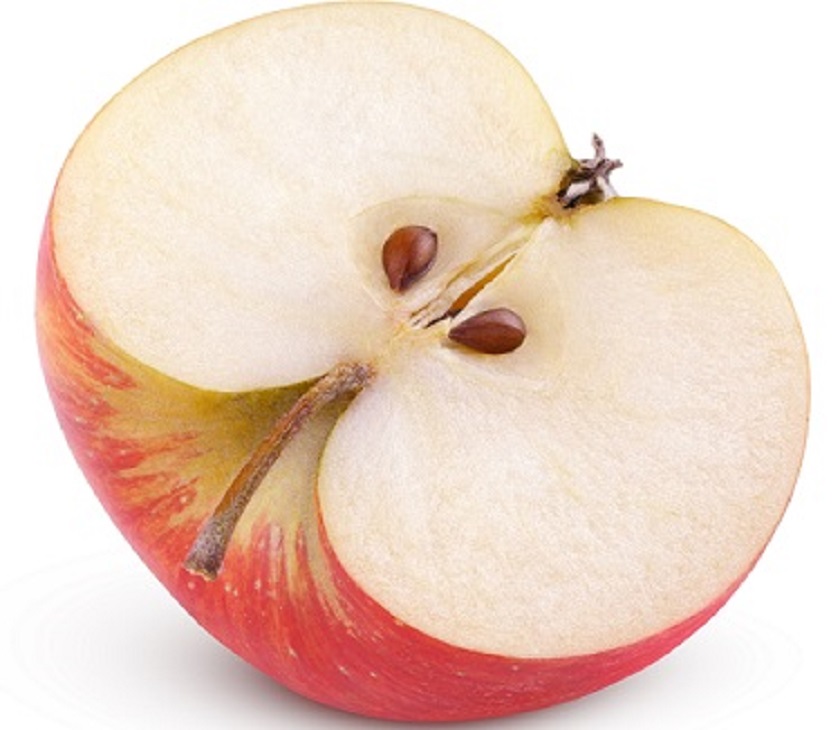In nature, nearly everything can be a medicine or a poison, depending on how and when it is used. Antidotes to snake venom are often derived from the venom itself. Sugar in its natural form within a piece of fruit can be nourishing for our brains, but deadly when extracted and consumed in large quantities. And many flowers can be either medicinal or detrimental for a human body, depending on the condition of the person and how the plant is administered.
One controversial plant that has been garnering national attention is marijuana. Also known as cannabis and hemp, marijuana has been used by civilizations all over the world since at least 8000 B.C.E. The fibers and seeds of the plant have been used to make rope, paper, fuel, clothing, and as a high-protein food source. The flowers of the female Cannabis sativa and Cannabis indica plants have been enjoyed in recreational, medicinal, and spiritual settings for centuries. Traditionally, cannabis has been used as a sacrament and sacred offering, a treatment for womens health disorders, a digestive stimulant, a pain reliever, a meditation aid, an anti-anxiety medication, and a muscle relaxant.
Marijuana has been classified as a controlled substance in most industrialized nations, with severe criminal penalties for possession or distribution of it in many parts of the world. But this has not stopped doctors and scientists from studying the potential healing effects of this most ancient crop. In the past few decades, research studies have revealed that some constituents of cannabis can have powerful effects for supporting the health and wellbeing of cancer patients. Some studies show that marijuana may be able to slow or even reverse tumor growth. As the devastating War on Drugs draws to a close, we may see that one of the most reviled plants on the planet in the modern world has been popular for thousands of years for a very good reason. While the research is still piecemeal and there have only been a few human trials, here is what we do know about marijuana for cancer patients.
Quality of Life for Cancer Patients
A cancer diagnosis is challenging enough. Combining it with the debilitating effects of treatment and the general malaise that can set in for many people intensifies the experience and reduces the likelihood of recovery. But appropriate use of cannabis derivatives can have highly supportive effects.
Researchers generally agree that consuming derivatives of marijuana can improve overall quality of life for people with cancer. Cannabis offers a variety of supportive benefits, including increasing appetite, dispelling nausea, relieving pain, reducing anxiety, and suppressing vomiting. All of these factors mean that someone living with cancer is more likely to eat full meals, keep the food down, get plentiful rest, and have a calm and positive perspective about the healing process.
Part of what makes cannabinoids, the active derivatives of cannabis used in most treatment protocols, so effective is that they can relieve multiple symptoms at the same time. Instead of needing to take an appetite stimulant, an antiemetic (vomit suppressant), anti-anxiety medication, and a pain reliever, all of which have side effects and interact in potentially toxic ways, one dose of cannabinoids can provide multi-symptom relief. For many patients the act of smoking is soothing and relaxing, while others prefer oral cannabinoid derivatives.
Chemotherapy Relief
Cancer is one of those diseases where, at least in modern medicine, the cure can feel worse than the disease. Cancer is usually treated with highly toxic chemical injections, known as chemotherapy. Chemotherapy can cause severe side effects, including a high likelihood of experiencing nausea and vomiting, loss of appetite, ennui, insomnia, and nervous system disorders.
Cannabis has been shown to be a way to mitigate some of the effects of chemotherapy. Some of the most dangerous side effects of chemotherapy include an interference with the patients ability to eat caused by a combination of nausea, vomiting, loss of appetite, and poor digestion. This can lead to malnutrition, and some cancer patients actually waste away because of this inability to eat and lack of interest in food. Depending on the type of cancer, as much as 80 percent of patients can loose a disproportionate amount of lean body tissue, a condition known as cachexia. The presence of tumors in the body stimulates the immune system to produce more of a particular kind of protein called cytokine. These cytokine proteins trigger this cachexia wasting away process.
Anyone who has partaken in cannabis knows of the phenomenon called the munchies. While a potential challenge in people with normal appetites, for people with suppressed appetites getting the munchies could be considered a miracle. Cannabis can reduce nausea and vomiting and stimulate appetite and improve sense of taste. In one study, patients who took a Delta-tetrahydrocannabino (THC) derivative dronabinol experienced less weight loss and increased appetite in comparison to control subjects.
Stopping Cancer in Its Tracks
But even more exciting than simply improving quality of life for those undergoing toxic cancer treatment, preliminary research is showing that cannabis might be able to prevent the development or reverse the advancement of cancer.
A 2007 study determined that the cannabinoid CBD could be the first effective non-toxic treatment for breast cancer. Another study at Harvard University found that cannabinoids slow lung cancer tumor growth by as much as 50 percent. THC was shown to inhibit cancer growth in non-small cell lung cancer cell lines, a highly aggressive type of lung cancer that is usually resistant to chemotherapy. Research at East Anglia showed that tumor growth could potentially reduce tumor growth in other types of cancer, as well.
It seems that different types of cancer can be treated with different derivatives of cannabis. In most instances, the non-hallucinogenic components of cannabis are what provide the anticancer treatments, which means there are no disturbing effects for the patient.
Human studies with cannabinoids are still rare, but one study with brain cancer patients did prove that tumor growth could be reduced in brain cancer subjects for whom chemotherapy and other treatments had been ineffective.
Gift of Nature
Part of what makes cannabis such a promising cancer treatment aid is that it is a plant, not a chemical. Even the most popular chemical drugs can have nasty side effects. In some instances, multiple drugs need to be taken to both treat the cancer and combat the side effects associated with the treatment. Some of these drugs can have debilitating and health-threatening long-term effects, making the cure almost as bad as the disease. But potent cannabis derivatives have minimal side effects and are well-tolerated by most patients.
Challenges with Marijuana Treatment
Marijuana treatment is not a cure-all, however. THC, the psychoactive compound in cannabis that provides the recreational enjoyment and some of the medicinal properties, can produce unpleasant temporary side effects in some people. These include sedation, mood changes, lowered blood pressure, dry mouth, disorientation, and psychological paranoia. These side effects tend to be more uncomfortable in people who had never previously tried marijuana or related drugs. The discomfort associated with these side effects can be minimized with proper patient education and support from caregivers.
There is also the long-term negative effects of smoking. Though marijuana smoke has been proven to be much less detrimental for health than tobacco smoke, the act of smoking is still potentially damaging to lung tissue, blood vessels, nerve tissue, heart tissue, and brain tissue. Unfortunately, to use THC as an antiemetic it must be ingested through respiration, as patients are likely to vomit up a pill before it could take effect. Smoking marijuana also helps the patient to take only the dosage necessary to receive the desired effects. But because of its potentially dangerous long term effects on the lungs and brain, smoking marijuana is only advised in situations where there are no other effective options or the cancer is so far advanced as to indicate a short life expectancy.
A promising way to mitigate the detrimental effects of smoking marijuana while getting the benefits of ingestion through respiration is the use of an inhaler, a rapid-onset delivery system. Cannabis inhalers are still in development, but could offer the necessary solution to mitigate smokings harmful effects while offering cannabis full benefits.
Beyond the effects of smoking, frequent long-term use of marijuana can contribute to reproductive cancer, especially testicular cancer. It is also nearly impossible to get sufficient concentrations of CBD and the other anticancer cannabinoids through smoking marijuana or ingesting it in other recreational ways. And different cancers require different cannabis derivatives for treatment. The appropriate type and dosage of cannabinoid for each cancer has not yet been determined. For these reasons it is not advised that people self-medicate with cannabis at this stage of research. It is still recommended that people consult with a health care professional who is up to date with the most recent cannabis research, and follow her directions for marijuana-related treatment.
Considered a medicine, sacrament, textile staple, and valuable food source for thousands of years, cannabis has been reviled and criminalized in recent times for its psychoactive effects. But this ancient plant has been shown to be able to help mitigate some of the detrimental effects of cancer treatment. And it has the potential to prevent and even reverse certain forms of cancer. While cannabis research is still in its nascent stages, this old weed may have much to offer modern medicine.
Sources:
Marijuana As Medicine? The Science Behind the Controvery
American Association for Cancer Research
University of East Anglia
California Pacific Medical Center
University of St Georges London
Oxford University Press
PubMed








